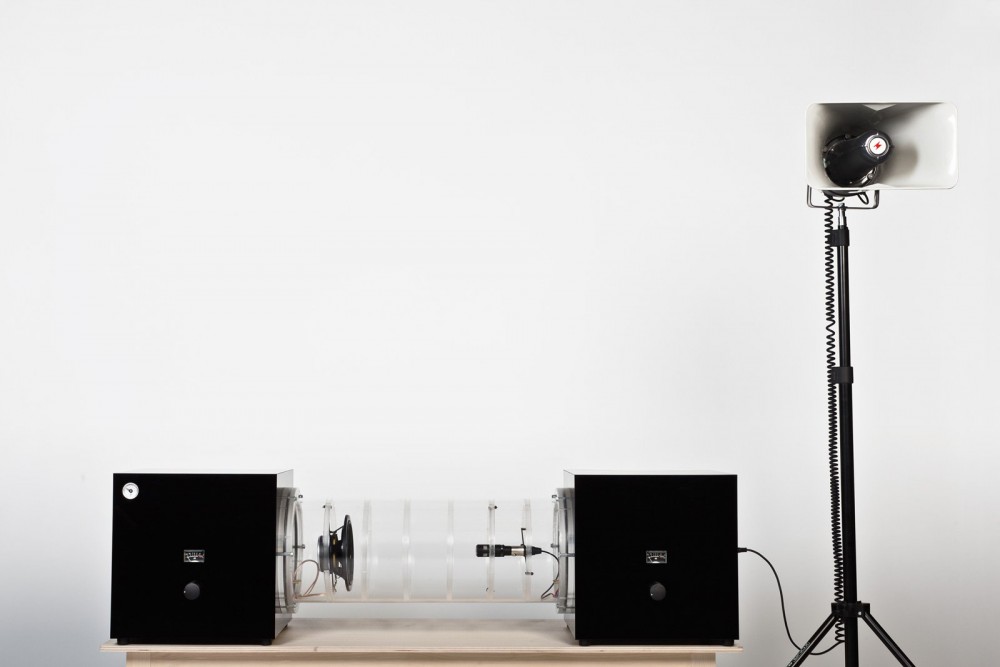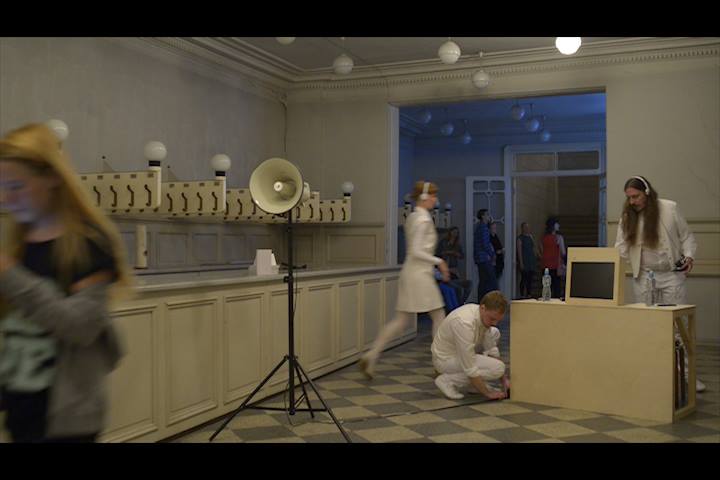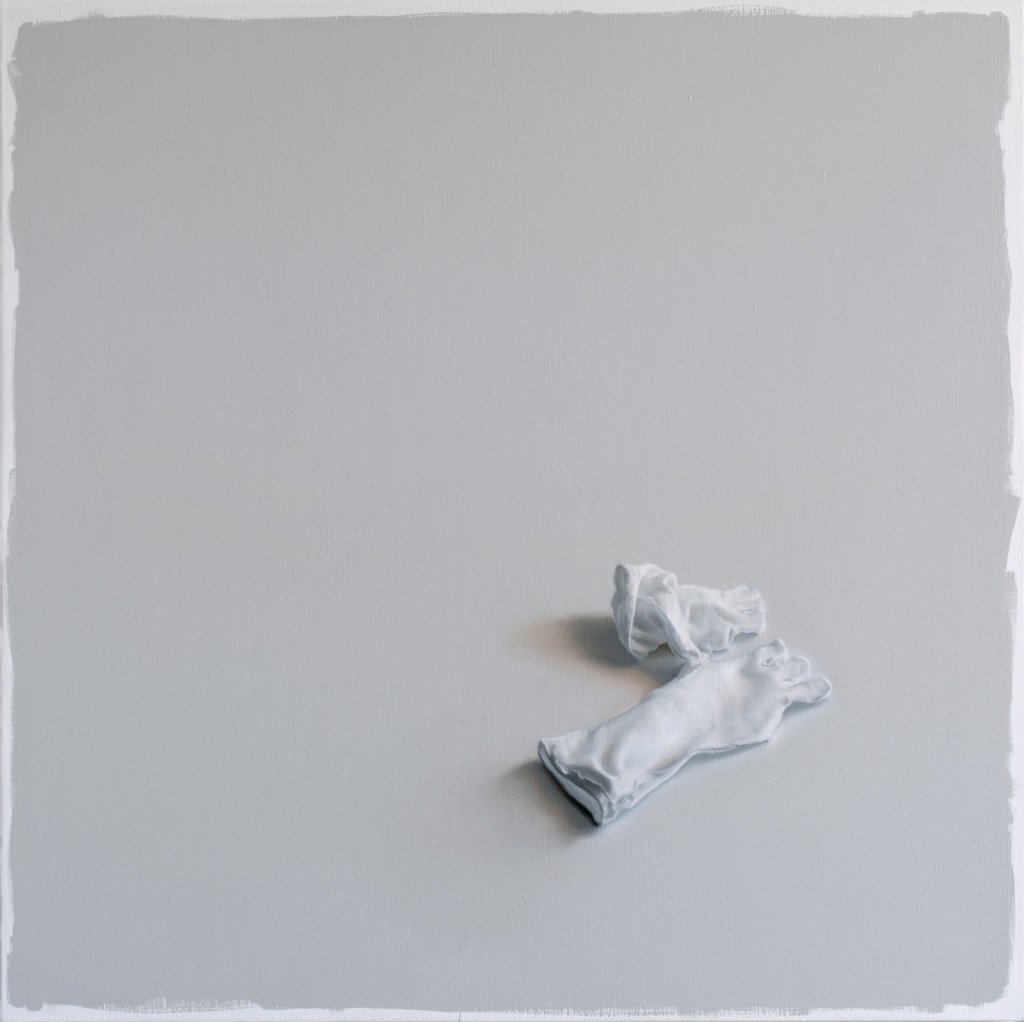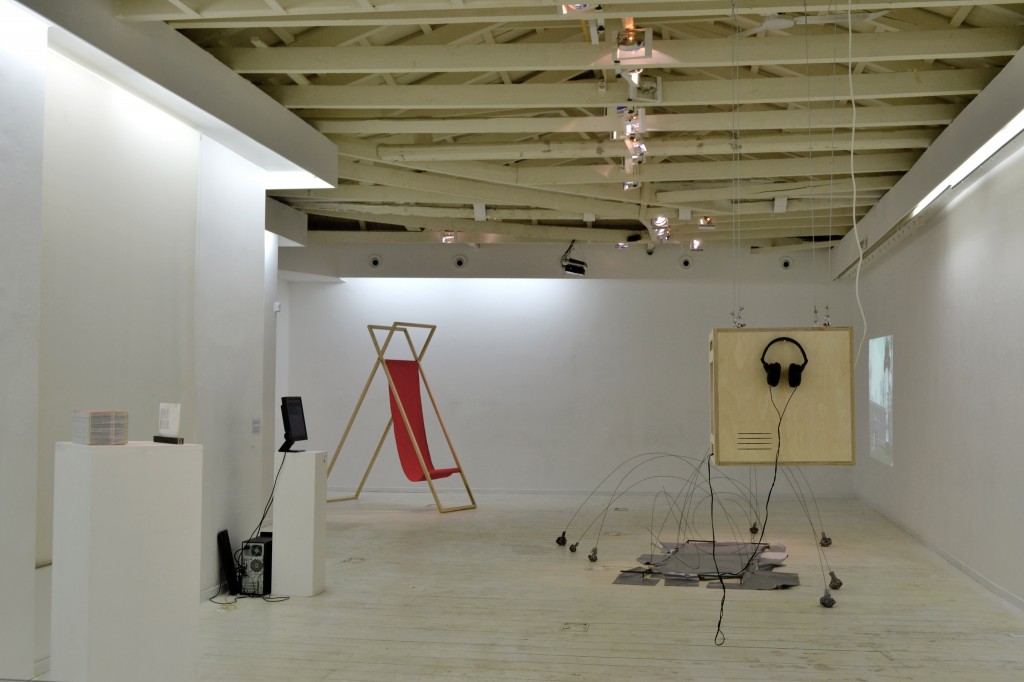Successful Manifesta 9 closes its doors after four months and 100,866 visits
On Sunday, 30th of September, 2012 Manifesta 9 closed its doors in Genk, Limburg, Belgium. The team of Manifesta look back to a successful 9th edition of the European Biennial of Contemporary Art, an edition that was met with much critical acclaim, and saw 100,866 visits to the exhibition. For the first time Manifesta took place in one single venue, the now defunct mine of Waterschei in Genk, in the heart of the former coal-mining region of Belgian Limburg.
“I am proud to be able to announce that Manifesta, as a roving biennial has once more been able to surpass expectations. Our team rose to the challenge to engage an incredibly diverse range of participants and audiences in a project which proved to be both deeply embedded in the vernacular of it’s locality, but also had it’s finger on the global pulse of the times.” Hedwig Fijen, Director Manifesta
The artistic team of Manifesta 9 was lead by Cuauhtémoc Medina (Mexico), who together with associate curators Katerina Gregos (Greece/Belgium) and Dawn Ades (UK) developed the content of the exhibition. The artistic team worked in unison with a larger group, composed of regional, national and international talent responsible for the management, education, production, communication, grants and office of Manifesta 9. Last but not least, such a major project could not have been possible without the help of 260 dedicated volunteers.
Manifesta 9 – The Deep of the Modern was presented as a triptych. For the first section, 35 international contemporary artists were invited to create new work, paying heed to the regional context and linking the local theme with global issues. The art historical section provided an overview of works of art from the 19th and 20th centuries, with the impact of the coal industry as their subject. The third section focused on the extensive legacy that the Limburg mining industry has left behind.
One of the fundamental characteristics of Manifesta 9 was a critical attempt to foster an interdisciplinary and intergenerational dialogue using the significance of the former Campine Belgian coal-mining region as a locus of the imaginary, and the ecology of industrial capitalism as its points of departure. As such, Art Mediation played a more important role than ever in the success of the Biennial: the public response to Manifesta’s invitation for such a dialogue has been overwhelming. To date over 37.000 people have participated in the programs organized by the Manifesta 9 Art Mediation / Art Education department, that is one out of every three people that visited Manifesta 9.
An incredibly diverse range of audiences also visited Manifesta 9: from general visitors to art professionals, from primary schools to universities and from international visitors to the local community. Many groups from all over the world found their way to Limburg, and the local community in particular, was enthralled by the exhibition as is underlined by the fact that 20% of the inhabitants of Genk visited the biennial.
The comprehensive bilingual (English/Dutch) Manifesta 9 catalog, a Subcyclopedia, with contributions by the curators and initiators is available for purchase at www.silvanaeditoriale.it and for the first time in the history of Manifesta, the exhibition was also accompanied by a constantly expanding digital catalogue, containing essays, concepts, videos, pictures and in depth information about the Manifesta 9 artists and artworks. http://catalog.manifesta9.org
An extensive Parallel Events program accompanied the biennial, comprised of 98 projects, which spread over Limburg and further over the borders with The Netherlands and Germany. This program initiated by Manifesta 9, together with the Region of Limburg offered a much appreciated platform aimed to present a broader view of different aspects of the local cultural scene to the regional, national and International audience.
Manifesta 9 was initiated and produced by the Manifesta Foundation, the Province of Limburg and the City of Genk, and was generously support of over 65 private and public organizations.
To keep updated about all Manifesta activities, please subscribe to our regular e-mail newsletter at www.manifesta.org
